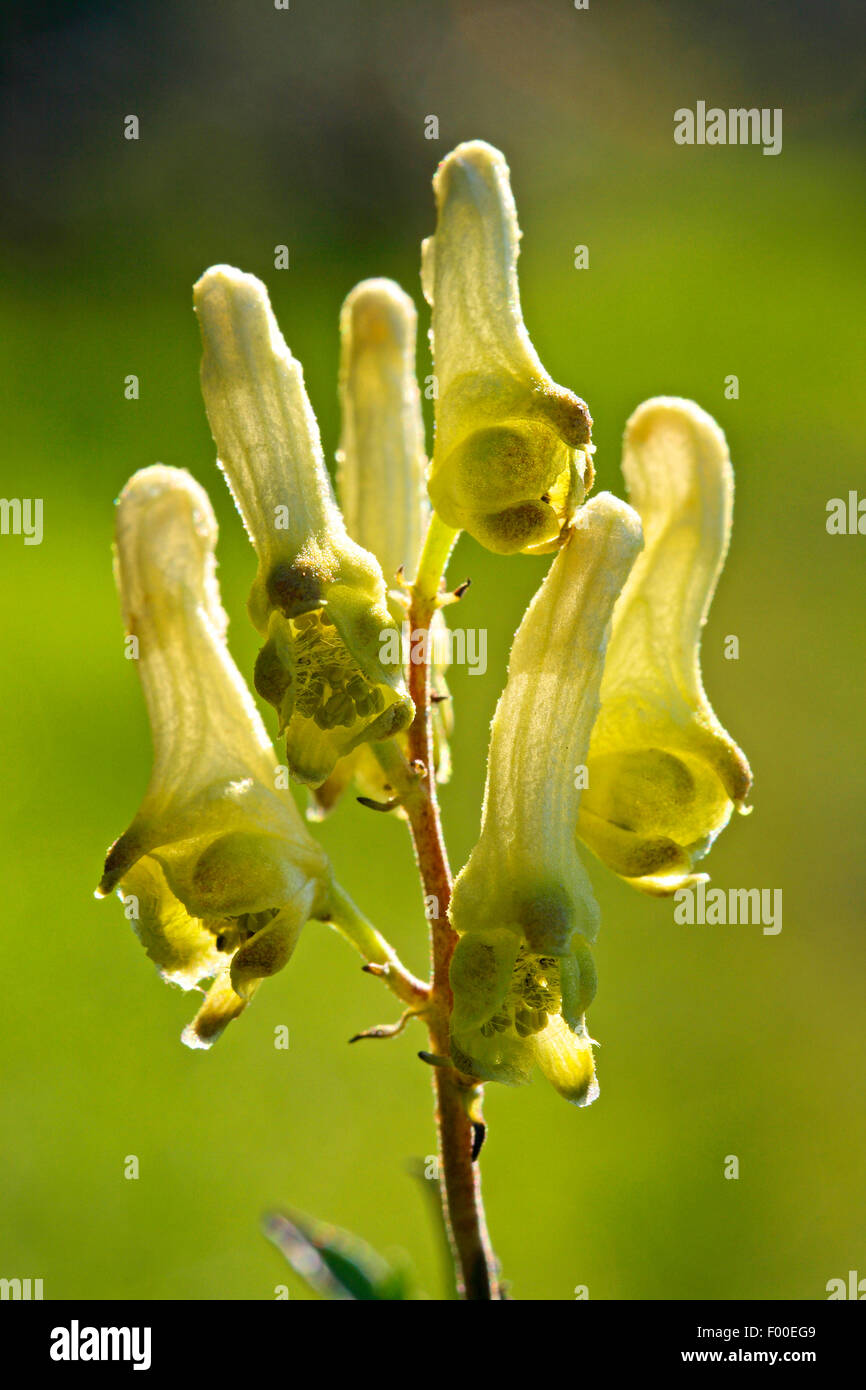
Our monkshood has similar chemical properties and contains the alkaloid aconitine. This species was also supposedly used as a component in witches’ brews. In the past, wolves and criminals were poisoned with an extract from the European wolfsbane Acontium lycoctonum, a close relative of our monkshood. Columbianum refers to the Columbia River.Īll parts of monkshood are poisonous, especially the roots and seeds, and the flowers if eaten. In fact, it was historically used to kill both wolves and mad dogs. and served as a botanist in Nero’s armies. Also known as wolfsbane or Monkshood, every part of this plant contains a deadly toxin that could be fatal to our furry friends. Aconitum is an ancient Greek name for the plant, used by the Greek physician and pharmacist Dioscorides. The hood is thought to look like an old fashioned cowl worn by monks. The common name for this plant comes from the hood-like sepal on the flower. Look for monkshood near Sagehen and Deadwood reservoirs. It is the only species of monkshood that grows in our area. Monkshood is found in wet meadows, along stream banks, and in seep springs. Monkshood blooms in midsummer from June through August. Some scholars say that Cleopatra was not killed by snake poison but by a mixture that included Wolfsbane. Leaves are palmately lobed – that is, they look hand shaped. Wolfsbane Aconitum ( Queen of all Poisons, B lue Rocket, Monkshood, Devils Helmet) This is an old plant that has been documented and used for centuries in plots and assassinations, and in warfare to coat swords and arrows. White or albino flowers are sometimes seen.

Used to add poison to arrowheads and spears. Help to overcome severe headaches, restlessness, and anxiety.


Also used as a tincture and in homeopathic medicines used as anti-irritant. The true petals are concealed under the hood. Wolfsbane (aconitum napellus) is a wild plant, also commonly known as monkshood, conite, leopards bane, womens bane, Devils helmet or blue rocket. Wolfsbane uses in medicines and poisons Used to cure pains, pneumonia, asthma, and inflammation. Each flower has five petal-like sepals: 2 lower sepals make a landing strip for pollinators 2 side sepals, and 1 large sepal that arches over the flower forming a hood. Pagan Portals - By Wolfsbane & Mandrake Root: The Shadow World Of Plants And Their Poisons Draco, Melusine on. The dark blue to lavender flowers loosely cluster near the stem tops. Monkshood is a distinctive looking wildflower borne on shoulder high erect and sturdy stems.


 0 kommentar(er)
0 kommentar(er)
